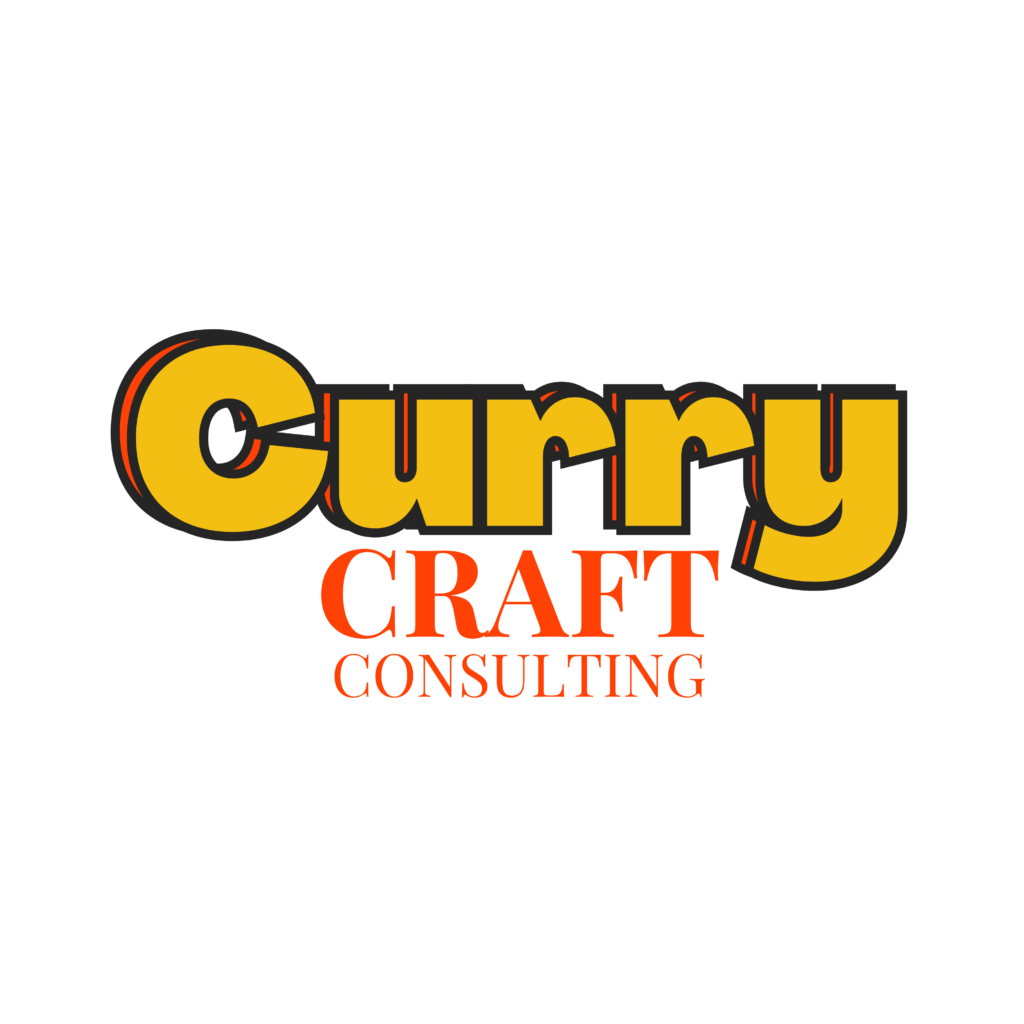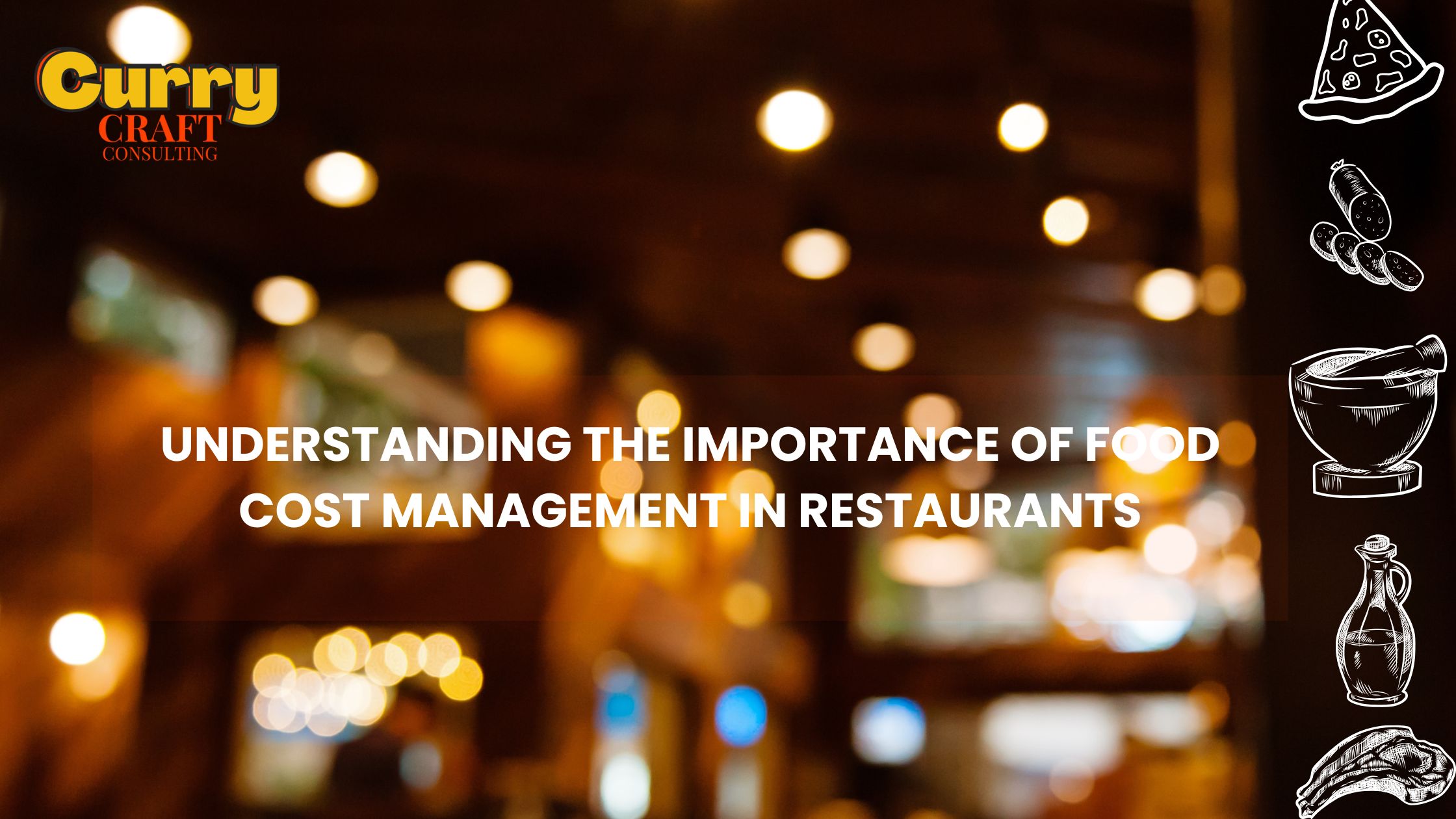Running a successful restaurant isn’t just about serving delicious food and providing excellent customer service. One of the key factors that determine whether a restaurant thrives or struggles is food cost management. Properly managing food costs can significantly affect your restaurant’s profitability and sustainability. In this blog, we’ll explore the importance of food cost management and how you can improve it for your restaurant’s success.
What is Food Cost Management?
Food cost management refers to the process of controlling and optimizing the expenses associated with purchasing, storing, and preparing ingredients in a restaurant. It involves tracking inventory, analyzing food waste, and adjusting menu prices to ensure your business remains profitable while maintaining food quality.
For restaurants, food costs often make up a significant portion of the overall expenses. In fact, food cost percentage is a key metric used to determine how efficiently a restaurant is operating. Keeping these costs in check is crucial for achieving sustainable growth and profitability.
Why is Food Cost Management So Important?
There are several reasons why food cost management is vital for the success of your restaurant:
- Maintains Profit Margins
Food costs directly impact your restaurant’s profit margins. By keeping these costs under control, you can ensure that you’re making enough money to cover other expenses, like rent, labor, and utilities. If food costs are too high, it can lead to a tight cash flow, even if your sales are strong. Proper food cost management helps you maintain a balance and stay profitable.
- Reduces Waste
In restaurants, waste is inevitable, but it can be minimized with proper planning and monitoring. Managing portion sizes, keeping track of leftovers, and ensuring proper storage techniques can help reduce food waste. By minimizing waste, you maximize the value of the ingredients you purchase, contributing to a more efficient operation and lower costs.
- Improves Menu Pricing
Food cost management allows you to adjust your menu pricing based on the actual cost of ingredients. Without tracking food costs, it’s easy to underprice or overprice menu items. The right pricing ensures that you cover costs and generate a reasonable profit, without scaring off customers with excessively high prices.
- Enhances Inventory Control
Inventory management is a core component of food cost management. By regularly tracking inventory levels, you ensure that you aren’t overstocking or running out of ingredients. This can help you avoid last-minute purchases at inflated prices, allowing you to plan your purchases more effectively and take advantage of bulk discounts.
How to Manage Food Costs Effectively
Now that we understand why food cost management is essential, let’s look at some practical tips to improve your food cost control:
1. Track Your Food Costs
One of the first steps in food cost management is to regularly track your costs. By calculating your food cost percentage, you can see how much of your revenue is being spent on ingredients. This allows you to identify areas for improvement. A standard food cost percentage for most restaurants is around 28-35%, but it can vary depending on your type of restaurant.
2. Control Portion Sizes
Controlling portion sizes is an easy way to manage food costs. Over-portioning not only increases food waste but also means you’re giving customers more than they paid for. Use standard measuring tools for ingredients and consistently train your kitchen staff to ensure portions remain consistent.
3. Optimize Inventory Management
Effective inventory management can save you a significant amount of money. Regularly check the expiration dates of your ingredients and ensure that older stock is used first (FIFO: First In, First Out). This minimizes the risk of food spoilage and waste, and it helps you manage your costs better.
4. Use Seasonal Ingredients
Using seasonal ingredients can help you lower food costs while maintaining menu variety. Seasonal ingredients are typically less expensive and fresher, which can improve the overall quality of your dishes. Planning your menu around seasonal produce can also enhance your restaurant’s appeal to customers.
5. Negotiate with Suppliers
Building strong relationships with your food suppliers can lead to better pricing, discounts, and even favorable payment terms. Don’t be afraid to negotiate prices, especially if you have consistent orders. Suppliers may offer volume discounts or bulk pricing that can help lower your overall food costs.
How to Improve Menu Engineering for Better Food Cost Management
Menu engineering is another powerful tool to help you manage food costs. It involves strategically designing your menu to promote high-margin items and reduce the sales of low-margin ones. Here are some key strategies for menu engineering:
- Highlight High-Margin Items
Make your most profitable dishes stand out on the menu. You can use menu design techniques such as placing high-margin items in prominent spots, using descriptive language, or offering bundles with profitable side dishes and drinks.
- Analyze Menu Performance
Regularly evaluate the performance of your menu items. If certain dishes consistently have low sales or high food costs, it may be time to reconsider them. Alternatively, if a particular item is a crowd favorite and has a high margin, you can promote it more heavily.
- Offer Special Menus or Daily Deals
Running daily specials or promotions can help move ingredients that are in excess or approaching their expiration date. Offering these specials also gives your customers a reason to return and try something new, potentially boosting your overall sales.
The Role of Technology in Food Cost Management
In today’s digital world, technology plays a crucial role in food cost management. Many restaurants now use software and apps to track inventory, monitor food costs, and generate reports on profitability. With the help of these tools, you can automate many of the processes involved in food cost management, saving time and reducing human error.
For instance, using restaurant management software can help you track your food cost percentage in real-time, giving you valuable insights into how well you’re managing your costs. This allows you to make quick adjustments, improve inventory levels, and make more informed decisions about pricing.
Conclusion: Take Control of Your Food Costs
Food cost management is a critical aspect of running a successful restaurant. By keeping a close eye on food costs, minimizing waste, and optimizing your menu and inventory, you can maintain strong profit margins and ensure the long-term success of your restaurant.
Want to learn more about effective restaurant management? Visit Curry Craft Consulting to explore expert advice on how to manage food costs and optimize your restaurant operations for maximum profitability.
By focusing on food cost control and consistently reviewing your strategies, you’ll be able to create a more sustainable business model and deliver better value to your customers. Remember, the small changes you make today can lead to big savings tomorrow!


